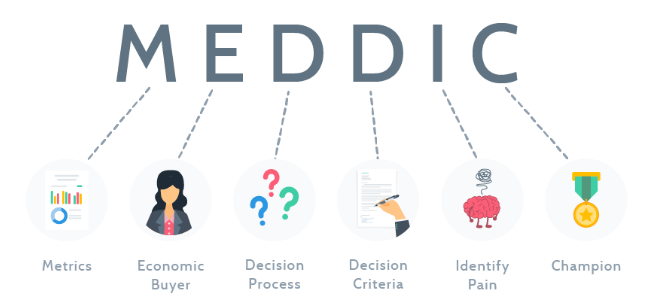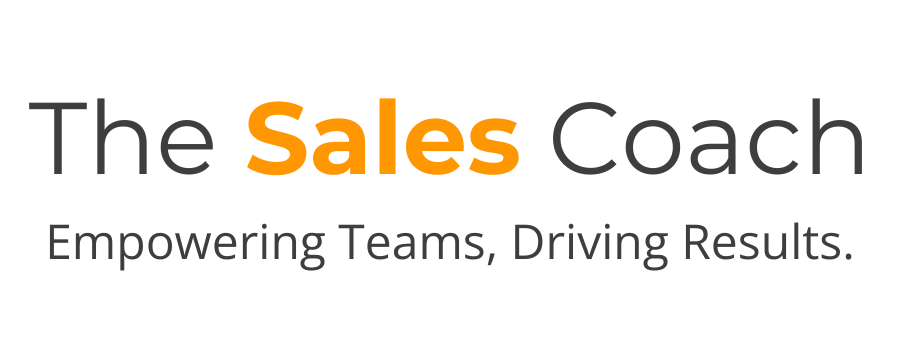MEDDIC: The Ultimate Sales Qualification Framework
Why is it important to qualify deals? It saves you time.

In the world of sales, the ability to qualify leads effectively can make or break your success. With the right sales qualification framework, you can ensure that your team is focusing on the right prospects and spending time on deals that have the highest likelihood of closing. One of the most widely adopted and effective sales qualification frameworks is MEDDIC.
What is MEDDIC?
MEDDIC is an acronym that stands for:
- Metrics: What are the key performance indicators (KPIs) that the prospect is looking to improve?
- Economic Buyer: Who is the person who will make the final decision on whether to buy?
- Decision Criteria: What are the factors that the prospect will consider when making a decision?
- Decision Process: What is the timeline for making a decision, and who is involved?
- Identify/ Implicate Pain: What are the biggest pain points that the prospect is experiencing?
- Champion: Who is the internal champion who will help drive the deal forward?
How does MEDDIC work?
The goal of MEDDIC is to give sales teams a structured and consistent way to qualify leads and determine the potential of a deal. The framework helps salespeople to ask the right questions and gather the information they need to determine if a prospect is a good fit and if they have the budget, authority, and need to buy.
Here's a closer look at each component of the MEDDIC framework:
- Metrics: Understanding the quantifiable impact of your solution and the metrics that the prospect is looking to improve is critical. This information will give you a sense of what's most important to the prospect and what they want to achieve.
- Economic Buyer: The economic buyer is the person who has the authority to make the final decision and sign the contract. Knowing who this person is and having a relationship with them is key to closing the deal.
- Decision Criteria: Understanding the decision criteria is crucial because it will give you insight into "what" the prospect values and what they'll consider when making a decision.
- Decision Process: Understanding the decision process will give you a sense of the timeline for making a decision and who else is involved. It's the "how" in the equation, and it's responsible if your deal slips or closes on time.
- Identify / Implicate Pain: The ability to identify the pain that the prospect is experiencing is critical to being able to offer a solution that will address their needs. What's even more powerful is if your prospect feels that pain on a deeper level and wants to spend money and time to solve it.
- Champion: Having an internal champion who can help drive the deal forward is critical. This person should have power and influence within the organization and be able to advocate for your solution. They will also surface any risks that might impact your deal.
Why is MEDDIC effective?
MEDDIC is effective because it provides a structured and consistent approach to sales qualification. By following the framework, sales teams can ensure that they're asking the right questions and gathering the information they need to make informed decisions about whether to pursue a deal.
In addition, MEDDIC is highly customizable, which means that it can be tailored to meet the specific needs of each organization. For example, some companies might add additional components to the framework, such as the size of the opportunity or the competitive landscape.
Conclusion
MEDDIC is a powerful sales qualification framework that has proven to be effective for sales teams around the world. By following the framework, salespeople can ensure that they're focusing on the right prospects and spending time on deals that have the highest likelihood of closing. Whether you're a seasoned sales professional or just starting out, MEDDIC is a framework that you should consider incorporating into your sales process.



